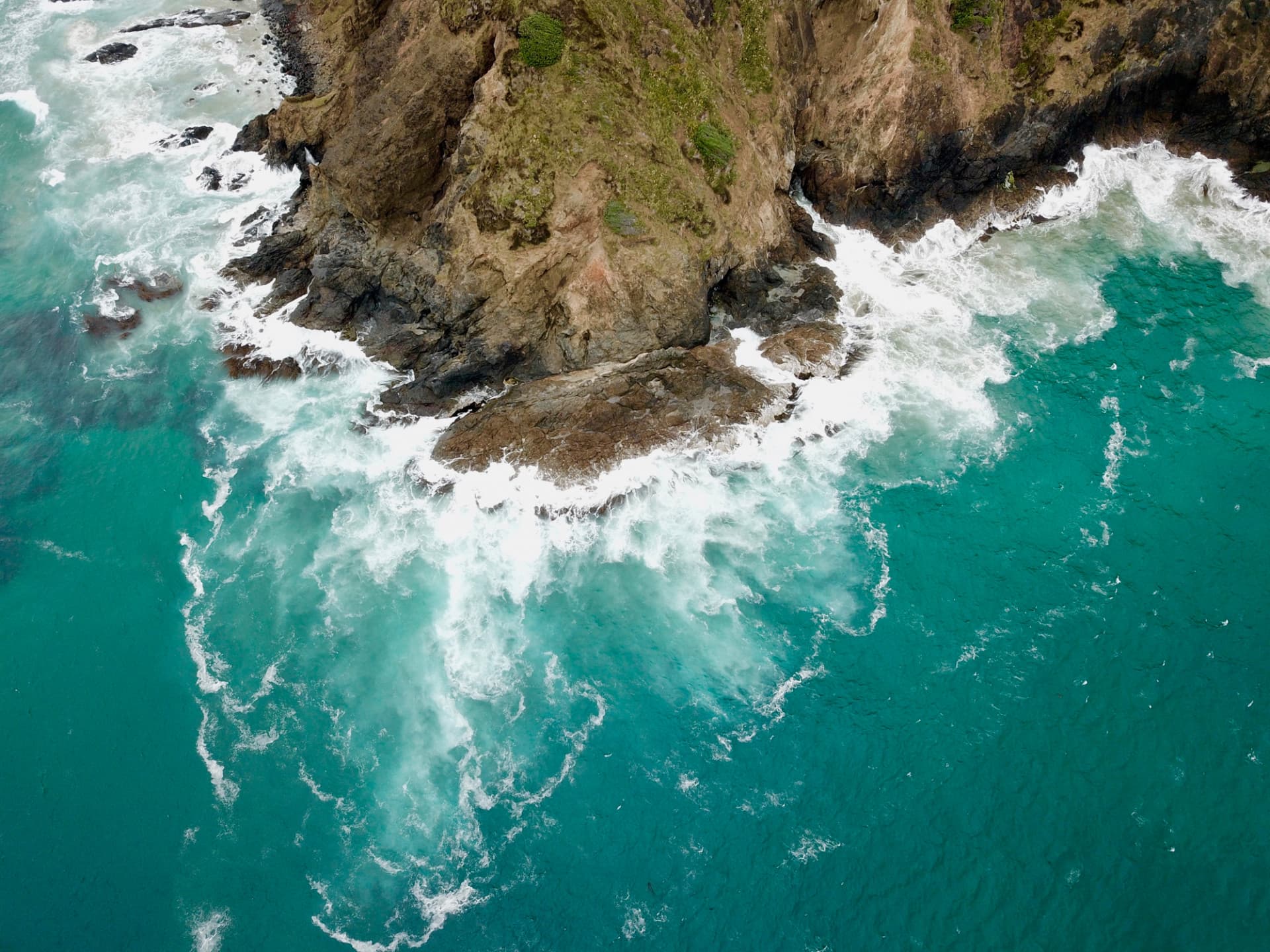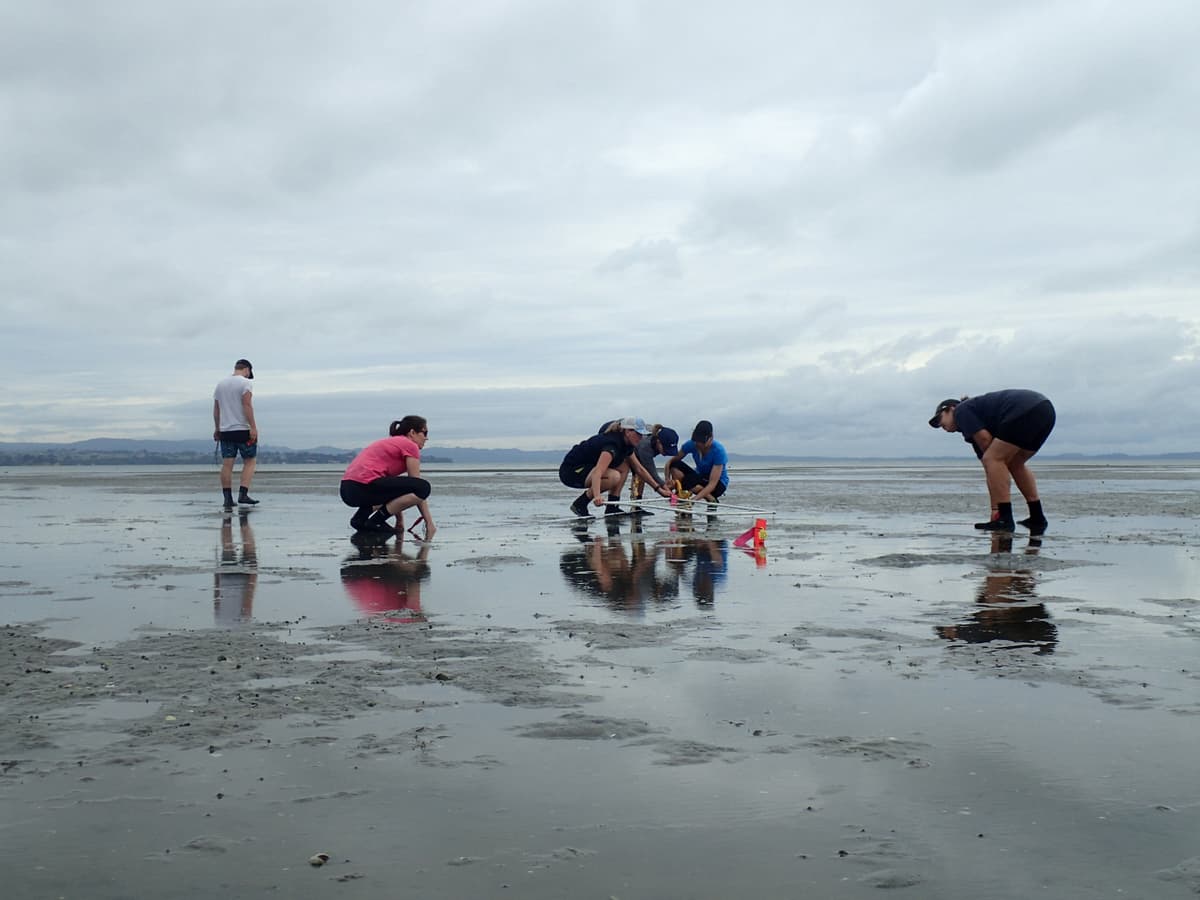

This guidance explains the cumulative effects of three significant coastal stressors and likely impact on ecosystem function, and provides management recommendations.
Quantifying the impact of turbidity (water clarity) on these ecosystems is critical to:
Understand how different components of the ecosystem that are responsible for ecosystem services interact with each other, eg nutrient processing and size of the intertidal zone.
Inform holistic ecosystem-based management strategies to prevent tipping points.
Turbidity is a measure of the loss of water transparency due to suspended particulates. The more suspended solids in the water, the murkier it seems and the higher the turbidity. Turbidity is considered a good measure, or ‘indicator’, of water quality.
A tipping point is a rapid transformation that happens when an ecosystem has lost its capacity to cope with change. Tipping points often involve the loss of valuable marine resources and ecosystem services.
Ecosystem services are the goods and services that nature provides, which people benefit from. For example, improved water quality as a result of filter feeding by shellfish.
Turbidity, nutrient loading and sea level rise are stressors that interact, and can amplify each other’s effect on the ecosystem.
In estuaries with poor water clarity, a small increase in turbidity is unlikely to have a significant effect because the ‘light climate’ is already poor.
The problem is that these ecosystems have limited capacity to process nutrients – in these cases, even a relatively small increase in excess of nutrients or reduction in the intertidal zone could drive the ecosystem to a tipping point.
Microphytobenthos (MPB) are tiny (microscopic) photosynthetic organisms that live on, or in, sediment on the seafloor. They are primary producers, ie they synthesise organic compounds from carbon dioxide, so are the foundation of coastal food webs. They also help stabilise sediment and process nutrients.
Ecosystem interaction networks (EIN) are the interactions and feedbacks between different components within an ecosystem. A complex network is more resilient than a simple one.
Eutrophication is when a body of water becomes overly enriched with nutrients. This induces excessive growth of algae, which can then cause oxygen depletion.
1. Stressors that directly affect our estuaries include:
2. Increased turbidity and/or water depth reduces sunlight in the water and at the seafloor
3. This light reduction in turn reduces the seafloor’s:
4. The reduction in primary production:
5. These stressors (and their effects) interact causing:
Management strategies need to:
1. Be place-based, ie tailored for a particular coastline or estuary
National water quality standards will not be appropriate for all coastal ecosystems. Estuaries with low MPB production do not process nitrogen in the same way as those with high production.
This means managers need to consider the effects of sediment and/or nutrient loading combined with loss of intertidal area on nutrient processing and risk of eutrophication.
Estuaries with good water clarity will still be sensitive to high turbidity but are more resilient to temporary increases in nutrients (as they have better capacity to process them) so are less vulnerable to eutrophication, and to intertidal loss.
2. Be informed by ecosystem interaction networks (EIN)
Marine managers and kaitiaki can use the data gathered from this research together with other environmental data to develop an EIN for their specific coast, which will help indicate whether it is vulnerable to a tipping point.
3. Focus on ecosystem responses, not individual stressors
Marine management needs to move beyond models of single stressor effects and focus on how components of an ecosystem interact and respond to multiple stressors.
Here we consider turbidity in combination with nutrient loading and sea level rise. Other factors such as heavy metals and high shellfish harvesting may need to be taken into account.
A robust strategy will recognise all the stressors affecting an ecosystem and consider their cumulative effects. This is particularly relevant for coasts and estuaries, which are affected by stressors from both land and sea.
24 sites in 15 harbours and estuaries were sampled, from Northland to Southland.
The sites were selected across a gradient of high turbidity (poor water clarity) to low turbidity (good water clarity). The number of sites within each estuary is shown in parentheses.
This research was carried out as part of the Tipping points project.
Hope JA, Paterson DM and Thrush SF (2019). The role of microphytobenthos in soft-sediment ecological networks and their contribution to the delivery of multiple ecosystem services. Journal of Ecology 108: 815–830
Mangan S, Bryan KR, Thrush SF et al (2020). Shady business: the darkening of estuaries constrains benthic ecosystem function. MEPS 647:33–48
Thrush SF, Hewitt JE, Gladstone-Gallagher RV et al (2020). Cumulative stressors reduce the self-regulating capacity of coastal ecosystems. Ecological Applications 31 (1):e02223
